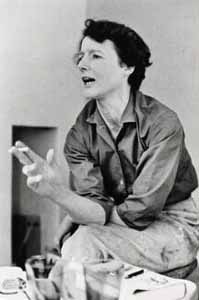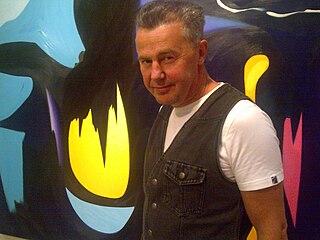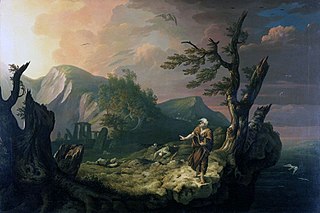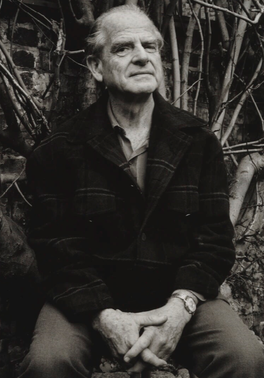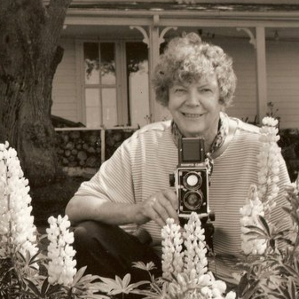Early life and education
Saunders was born in 1936 in Southend-on-Sea, Essex. [2] Although he left school at 15 without formal qualifications he briefly attended A.S Neill's Summerhill School where his interest in art was nurtured. After leaving school he took evening classes in Graphic Design at Manchester School of Art and quickly found employment in an advertising agency. After one year he moved to London where he found a post in a prestigious agency in Mayfair. While working there he took evening classes in drawing held by Vivian Pitchforth at St Martin's School of Art.
He was conscripted into the army and stationed on Salisbury Plain, where he enjoyed painting while not on active service. After being discharged, he returned to St Martin's to study painting full time under Frederick Gore, after which he was accepted into the Royal Academy Schools, studying under the distinguished portrait painter Peter Greenham from 1959 to 1962, and where he gained a Master's degree. [2]
Career
After completing his studies, Saunders was appointed to a teaching post at Newport College of Art in 1965, where he first met the painter Jeffrey Steele. In 1967 Saunders started producing "Systematic-Constructive" work. [2] In 1968, Saunders became visiting lecturer at the Portsmouth Polytechnic Art School, appointed by Steele, who was Head of Faculty and who ran the faculty in a similar, non-hierarchical manner to Black Mountain College in North Carolina. Saunders also worked at the nearby Winchester School of Art, where he became the personal tutor to Brian Eno. This was a time of "classical experimental music", inspired by the works of John Cage and Cornelius Cardew. [3] It was around this time that Saunders works were influenced by determinate and indeterminate factors. [4]
In 1968, at the Arts Council of Great Britain Thirtieth Open Exhibition for Painting and Sculpture in Cardiff, Saunders and Steele won the Purchase Prize. [5] This event began a long collaboration between both artists and, one year later, Saunders was one of the founding members of the Systems Group, [2] following a 1969 exhibition in Helsinki. [4]
In 1970, Saunders became artist-in-residence at Sussex University, during which he started to play tenor horn with the Portsmouth Sinfonia. In 1972, Saunders became artist-in-residence at Stedelijk Museum Amsterdam, where he studied the works of Piet Mondrian. [2]
Between 1970 and 1980 Saunders was a visiting lecturer at the Slade School of Fine Art, London University, which he combined with teaching painting, photography and playing music at Liverpool Polytechnic Art School [1]
In the late 1970s, he started looking into colour functions, and in 1986 he co-initiated (with Richard Bell and Nicole Charlett) the touring exhibition Colour Presentations for 6 Artists, with support from the Arts Council of Wales.
In 1989 he also co-initiated (with Richard Bell and Nicole Charlett) the exhibition Complexions which opened at Galerie L'Idee, Zoetermeer, Holland and toured to Dean Clough Contemporary Art Gallery, Halifax with support from the British Council. Saunders was a member of the 56 Group in Wales. [2]
In 1988, aged 52, Saunders stepped away from formal teaching. [1]
In 2013, Saunders and British artist Justin Jones established The Mercus Barn space based in the Ariège, Pyrénées. The Eye and Mind project (2014-2018) was directed by David Saunders in collaboration with selected artists, writers, musicians, and gallerists. [6]
David Saunders maintains his interest in experimental art, and continues to exhibit new works around Europe and Britain.
Art historian Alan Fowler discusses David Saunders' earlier work in his 2006 PhD thesis "Constructive Art in Britain 1913 - 2005". [7] Saunders is also mentioned in Alastair Grieve's 2005 book "Constructed Abstract Art in England After the Second World War: A Neglected Avant-Garde". [8]
This page is based on this
Wikipedia article Text is available under the
CC BY-SA 4.0 license; additional terms may apply.
Images, videos and audio are available under their respective licenses.




